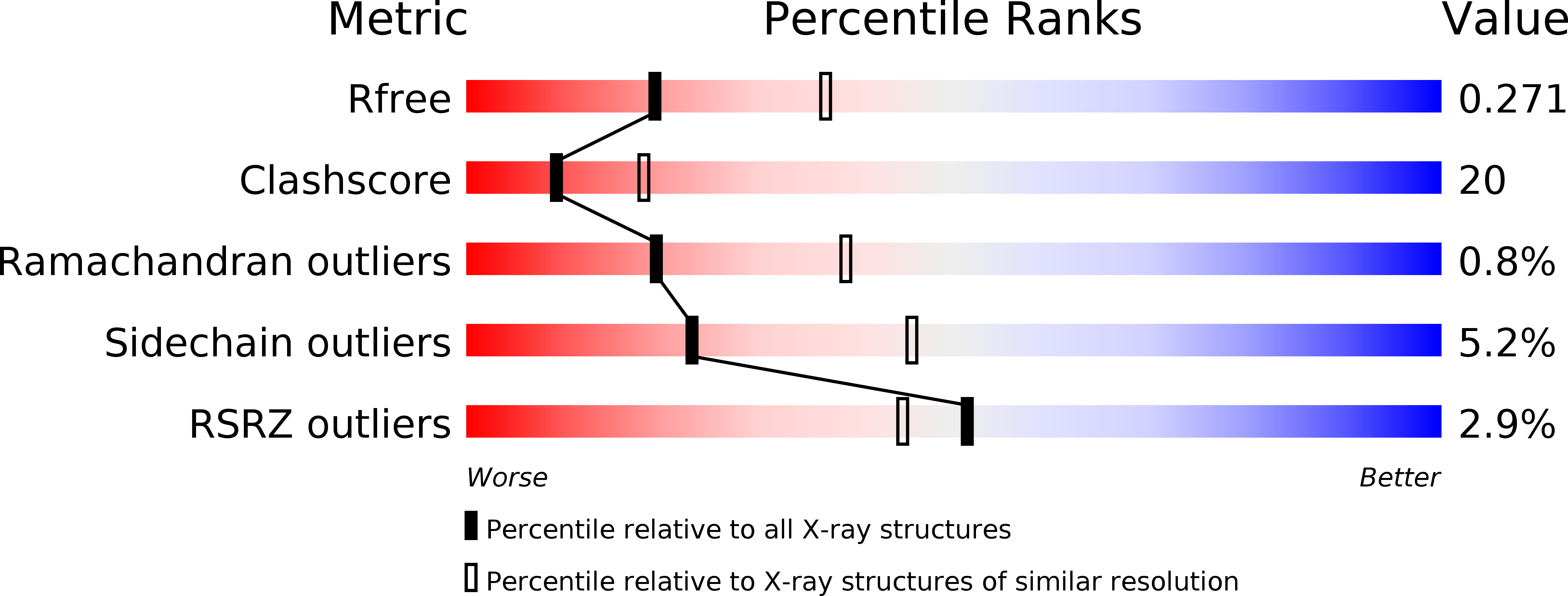
Deposition Date
2004-02-19
Release Date
2004-06-15
Last Version Date
2024-10-30
Entry Detail
PDB ID:
1SF8
Keywords:
Title:
Crystal structure of the carboxy-terminal domain of htpG, the E. coli Hsp90
Biological Source:
Source Organism:
Escherichia coli (Taxon ID: 562)
Host Organism:
Method Details:
Experimental Method:
Resolution:
2.60 Å
R-Value Free:
0.26
R-Value Work:
0.22
R-Value Observed:
0.22
Space Group:
P 43 21 2


